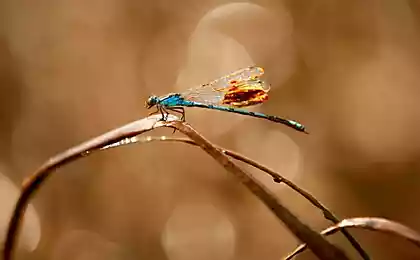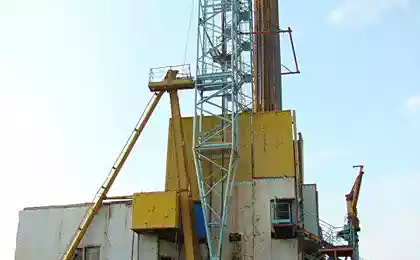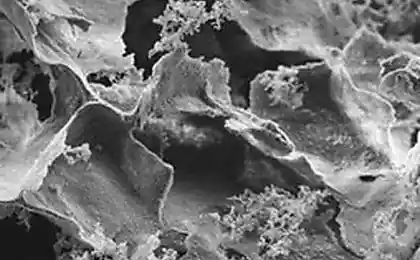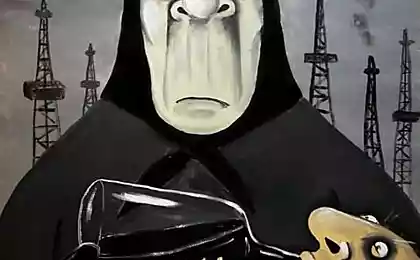802
Oil Tank
When transporting the oil tanks are widely used. They exist several types: steel, concrete, underground, with pontoon and without. The construction period an average of about 9 months.
Will be 23 photos
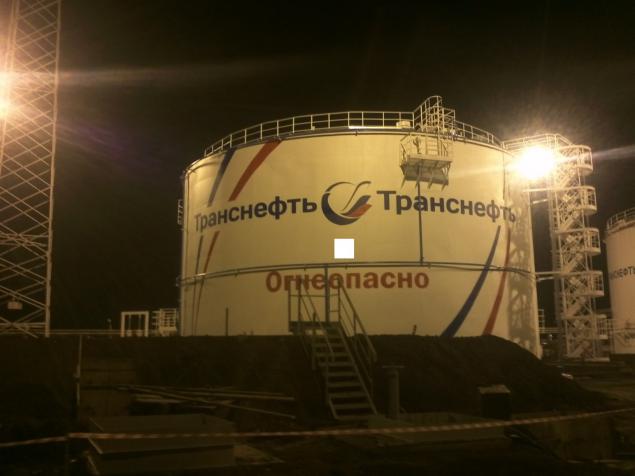
Construction of vertical steel tank with a volume of 20,000 m3 pontoon (RVSP-20000) begins with the design of the pit under the base of the tank. The depth of 2 meters in diameter-about 50. Then the pit is filled with sand, each layer is compacted. Sealing such that the pencil includes only a few millimeters. Then, the outer diameter is arranged concrete foundation under the wall of the tank.
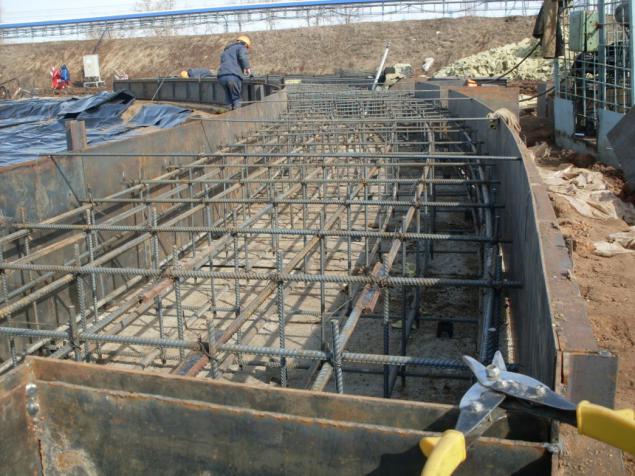
After laying a protective film, the center of the base is filled with a gradient from the center.
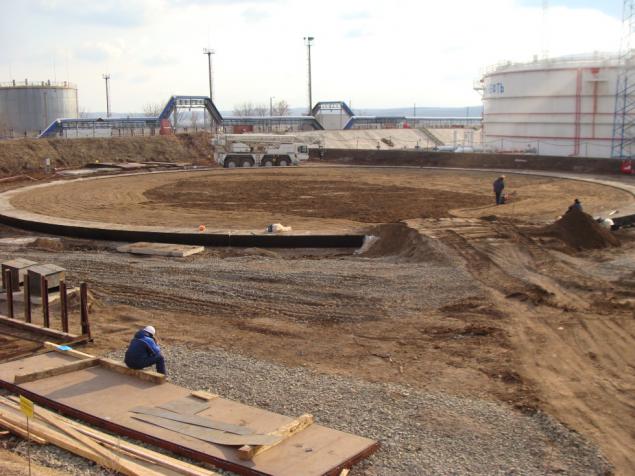
Pictured workers digging trenches for laying of electrochemical protection, which prevents corrosion of the tank bottom.

Hydrophobic layer- essentially small asphalt. It is also laid with a slope and tamped. Limit values of deviations of geometric parameters is very strict.

His adjustments in workflow sometimes nature has contributed.

Stacked selvages and the tank bottom 9 mm thick. Limit offset axes 2 mm.

Starting point is the rapid construction-assembly and welding of the wall. Welds are 5 methods of control.

Looking ahead: at the end of assembly and welding, the tank waiting for hydraulic tests. It is filled with water to the brim, incubated 3 days. All terribly worried.

Welding automatic horizontal seams. The photo is avtomaty- gray "bird houses".

For the convenience of welding mounted balconies.

Acoustics incredible. When both are 15 Bulgarians and a pair kuvald- lost in space.

Mounted-pillar

It will rely on the roof

In the heat of all the romanticism clouds of scent cloakroom

One is mounted onto the roof. It is a dangerous moment.

Make a fence on the roof, playground equipment maintenance (photo from the repair of the tank). Even these many welds are visual and ultrasonic inspection.

Underground pipes carried for petroleum, fire foam, water cooling wall in the heat and waste water.

Kara (the area within the bund) is arranged with a slope, covered with gravel. Dike to plant lawn grass. That's all)
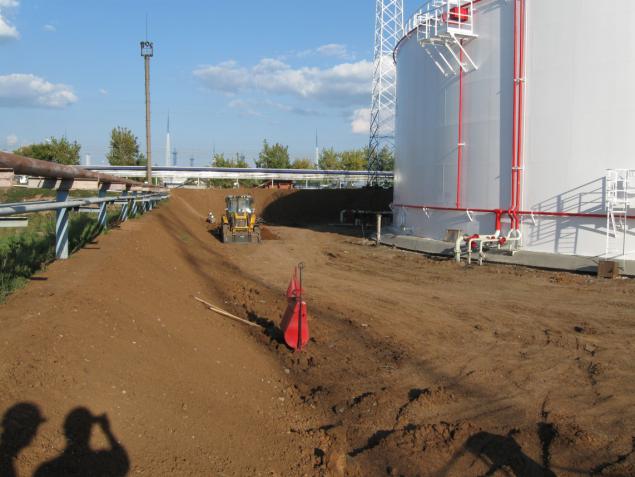
Source:
Will be 23 photos

Construction of vertical steel tank with a volume of 20,000 m3 pontoon (RVSP-20000) begins with the design of the pit under the base of the tank. The depth of 2 meters in diameter-about 50. Then the pit is filled with sand, each layer is compacted. Sealing such that the pencil includes only a few millimeters. Then, the outer diameter is arranged concrete foundation under the wall of the tank.

After laying a protective film, the center of the base is filled with a gradient from the center.

Pictured workers digging trenches for laying of electrochemical protection, which prevents corrosion of the tank bottom.

Hydrophobic layer- essentially small asphalt. It is also laid with a slope and tamped. Limit values of deviations of geometric parameters is very strict.

His adjustments in workflow sometimes nature has contributed.

Stacked selvages and the tank bottom 9 mm thick. Limit offset axes 2 mm.

Starting point is the rapid construction-assembly and welding of the wall. Welds are 5 methods of control.

Looking ahead: at the end of assembly and welding, the tank waiting for hydraulic tests. It is filled with water to the brim, incubated 3 days. All terribly worried.

Welding automatic horizontal seams. The photo is avtomaty- gray "bird houses".

For the convenience of welding mounted balconies.

Acoustics incredible. When both are 15 Bulgarians and a pair kuvald- lost in space.

Mounted-pillar

It will rely on the roof

In the heat of all the romanticism clouds of scent cloakroom

One is mounted onto the roof. It is a dangerous moment.

Make a fence on the roof, playground equipment maintenance (photo from the repair of the tank). Even these many welds are visual and ultrasonic inspection.

Underground pipes carried for petroleum, fire foam, water cooling wall in the heat and waste water.

Kara (the area within the bund) is arranged with a slope, covered with gravel. Dike to plant lawn grass. That's all)

Source:





